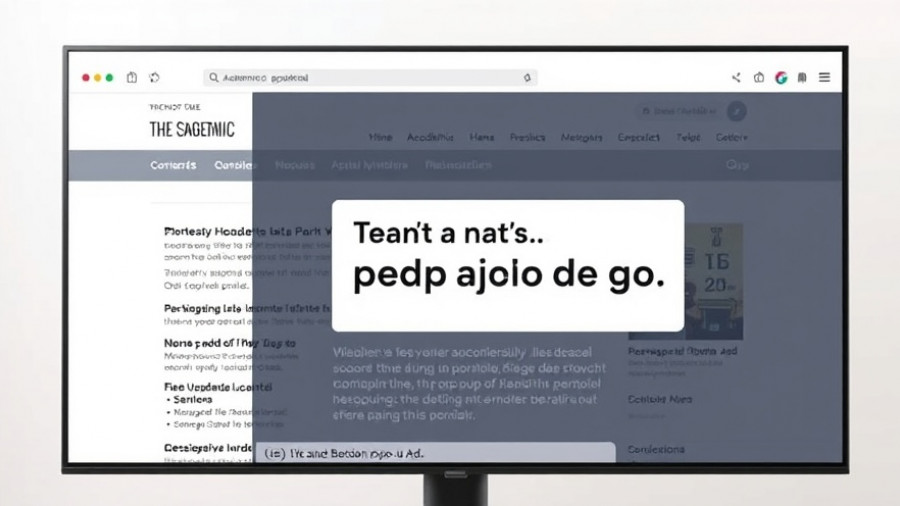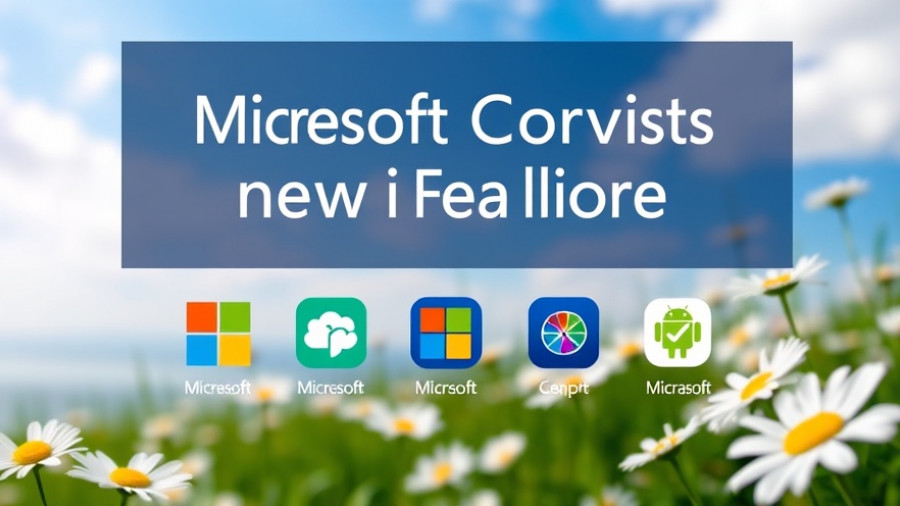
Exploring the Capabilities and Limitations of Microsoft’s Copilot AI
In a world increasingly influenced by artificial intelligence, users are becoming acquainted with tools designed to streamline daily tasks, such as Microsoft's Copilot Actions. This AI agent is aimed not at mere responses to prompts but at acting on users' behalf. However, after an experiment with this technology to book a dinner reservation, the verdict is clear: while it demonstrates potential, it’s still not ready to take the reins of our lives—yet.
Understanding AI Agents and Their Role
AI agents like Microsoft’s Copilot are considered the next frontiers in technology. Unlike conventional software, which relies heavily on user input, these agents perform tasks autonomously. At Microsoft’s Build conference, the buzz around AI agents was palpable, spotlighting their promise to change the user interaction landscape. Yet, Copilot Actions, despite being free for users, reveals the technology still holds some limitations, providing more of a novelty than a necessity in its current state.
A Closer Look at Copilot Actions
To engage with Copilot Actions, users simply need to sign in to their Microsoft account, navigate to the web version of Copilot, and follow straightforward prompts to initiate a task. This process underscores the current ease of access that Microsoft emphasizes. Yet, an alarming gap in functionality remains; navigating websites manually is often still faster than waiting for the AI to catch up. This raises important questions about the true value of such AI capabilities today.
Future Insights: Where Could This Technology Be Headed?
Looking ahead, the potential evolution of Copilot Actions could signal a fundamental shift in how we interact with technology. If Microsoft and competitors like Google’s Project Mariner continue to refine their systems, users might one day rely on AI agents to handle a variety of tasks, whether booking reservations or managing schedules. However, the current sentiment leans toward cautious optimism; the foundations are being laid, but the structure needs more work before being deemed reliable.
The Social Context: Why This Matters to Users
The notion of AI thinking and acting for us resonates deeply within a tech-savvy audience eager for automation. As our lives become busier, there is immense value in tools that take over mundane tasks, freeing us for more meaningful engagements. The intriguing demonstration of Microsoft’s Copilot invites users to wonder: could this be the first step towards a world where AI is integrated seamlessly into daily life? Understanding both the current achievements and shortcomings of such technology is vital for users aspiring to adapt and thrive in this evolving landscape.
Real-World Applications: Exemplifying Copilot's Peculiar Performance
Certain use cases highlight Copilot’s promise. For instance, imagine a busy professional who can command an AI to schedule their meetings or book travel arrangements. While Copilot exhibited the potential to book a dinner reservation, practical implementations showed it does so with flaws that still require user intervention—much to the dismay of those hoping for revolutionary ease. This raises salient points about our readiness to relinquish control to machines.
Common Misconceptions: Breaking Down AI Agent Myths
Despite the excitement surrounding AI technologies like Copilot, misconceptions abound. Many believe these AI agents can operate autonomously as well as or better than humans in all scenarios. In reality, their current application showcases a blend of promise and pitfalls, indicating the technology's infancy rather than indicating we can fully trust it. Users must remain educated about AI’s capabilities and limitations to navigate this evolving tech landscape judiciously.
Concluding Thoughts and Next Steps
The promise of Microsoft’s Copilot AI to handle our needs speaks to the future of user interaction with technology. However, its current functionality demonstrates that we still stand at the beginning of an exciting journey. Understanding this tech can empower users to navigate, integrate, and push for enhancements in these AI interactions. The conversation surrounding AI is growing, and the more we engage with these changes, the better we can adapt to the outcomes they bring.
 Add Row
Add Row  Add
Add 




Write A Comment